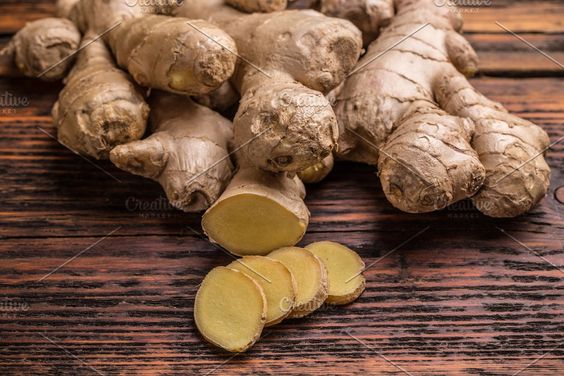Harnessing the Power of Minerals: Agriculture Inorganic Materials for Smart Agriculture in the 21st Century
Agriculture Inorganic Materials sector is on the cusp of a revolution. Smart agriculture, with its integration of data, automation, and technology, promises to optimize resource utilization, boost yields, and ensure food security for a growing population. Within this framework, inorganic materials play a crucial role, acting as the essential building blocks for a future-proofed agricultural system.
Inorganic materials encompass a vast array of minerals and chemical compounds not derived from living organisms. In smart agriculture, these materials serve a multitude of purposes, from providing essential nutrients for plants (in the form of fertilizers) to enhancing soil health and even acting as components in cutting-edge agricultural technologies.
Contents
The Bedrock of Plant Growth: Inorganic Fertilizers
One of the most prominent applications of Agriculture Inorganic Materials is the formulation of fertilizers. These fertilizers provide plants with the vital macronutrients (nitrogen, phosphorus, and potassium) and micronutrients (like magnesium, sulfur, and iron) they need for healthy growth and optimal yields. Traditionally, inorganic fertilizers have been the workhorse of modern agriculture, significantly increasing crop production to feed the world’s ever-growing population.
The rise of smart Agriculture Inorganic Materials, however, is ushering in a new era of fertilizer application. Precision agriculture techniques, enabled by sensors and data analysis, allow farmers to apply fertilizers with greater accuracy and efficiency. This minimizes waste, reduces environmental impact, and ensures that each plant receives the specific nutrients it needs for optimal growth.
Beyond Fertilizers: Exploring the Diverse Applications of Inorganic Materials
Agriculture Inorganic Materials offer a wider range of benefits in smart agriculture beyond just fertilizers. Here’s a glimpse into some of the exciting possibilities:
-
Soil Amendments: Soil health is paramount for sustainable agriculture. Certain inorganic materials, such as lime (calcium carbonate) and gypsum (calcium sulfate), can be used to adjust soil pH levels and improve drainage. This creates a more hospitable environment for beneficial soil microbes and fosters optimal plant growth.
-
Nanotechnology in Agriculture: Nanoparticles, engineered inorganic materials on an atomic and molecular scale, hold immense promise for agriculture. Nanoscale fertilizers can deliver nutrients directly to plant roots, enhancing their uptake and reducing wastage. Additionally, nanobiosensors can be used for real-time monitoring of soil conditions, providing valuable data for informed decision-making.
-
Precision Irrigation: Water scarcity is a growing concern in agriculture. Smart irrigation systems, often incorporating inorganic materials like salinity sensors, can precisely measure soil moisture levels and deliver water only when and where it’s needed. This optimizes water usage and prevents crop stress.
-
Biocontrol Agents: Certain inorganic materials, like copper-based compounds, can act as effective biocontrol agents against fungal diseases and bacterial infections in plants. This reduces reliance on chemical pesticides, promoting a more sustainable and environmentally friendly agricultural approach.
The Future of Agriculture Inorganic Materials in Smart
The potential of Agriculture Inorganic Materials in smart agriculture is constantly evolving. As research and development progress, we can expect even more innovative applications to emerge. Here are some exciting possibilities for the future:
-
Development of Smart Fertilizers: Imagine fertilizers that can release nutrients based on real-time soil conditions and plant needs. This level of precision could be achieved through the incorporation of responsive polymers or other advanced inorganic materials.
-
Integration with Biosensors: Inorganic materials can be seamlessly integrated with biosensors to create a network of real-time data collection points across agricultural fields. This comprehensive data can then be used to optimize irrigation, fertilization, and pest management strategies.
-
Nanopesticides with Targeted Delivery: Nanopesticides made from inorganic materials could offer a targeted approach to pest control. By encapsulating pesticides within nanoparticles, they can be delivered directly to the target pest, minimizing harm to beneficial insects and the environment.
Conclusion: Agriculture Inorganic Materials
Agriculture Inorganic Materials lies in a symbiotic relationship between organic and inorganic elements. Smart agriculture leverages technology and data to integrate inorganic materials seamlessly into the agricultural ecosystem. By using these materials judiciously and fostering advancements in research, we can create a future of sustainable food production that nourishes the planet for generations to come.




